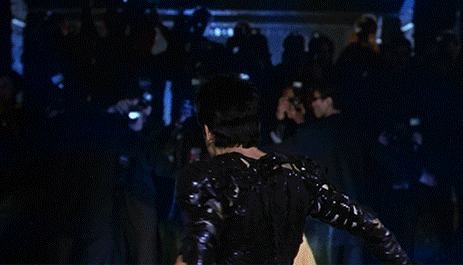Iron ore to fall below $US100p/t? CBA says not this year

Pic: Bloomberg Creative / Bloomberg Creative Photos via Getty Images
- Iron ore prices have fallen more than 10 per cent over the past week
- CBA says the last time prices really tanked is when China steel mill margins turned negative
- Increased economic activity in China should see prices hold above $US100 per tonne
Prices for benchmark iron ore are still falling – down to $US117 overnight.
However, CBA commodities analysts Vivek Dhar doesn’t expect to see a collapse anytime soon.
In a research note this week, Dhar said Chinese demand should provide support for 62% fines above $US100 per tonne through to the end of December.
Over the medium term, CBA expects prices to fall towards $US90/t by Q4 2021.
After climbing to new multi-year highs above $US130/t earlier this month, prices have now fallen by more than 10 per cent over the past week.
That’s raised concerns that “swift downward correction is on the cards”, Dhar said.
Amid the selloff, small cap iron ore plays including Mount Gibson Iron (ASX:MGX) and Fenix Resources (ASX:FEX) have dipped slightly, but still remained broadly resilient over the past week.
Iron ore Armageddon
And for those who are concerned iron ore Armageddon is around the corner, Dhar said Chinese steel mills hold the key.
“The likelihood that iron ore prices will move sharply lower will largely depend on the trajectory of steel mill margins in China,” he said.

That makes sense, given that iron ore is the largest input for steel production, so the price point for the end product will affect input costs.
And with reference to a price collapse, Dhar noted the last time iron ore really tanked hard was in July last year when steel margins turned negative.
That prompted a fall from $US126/t to $US83/t in the span of just 33 days.
However, “we don’t think the same fate awaits seaborne iron ore markets this year, because of China’s resilient steel demand”, Dhar said.
In particular, CBA flagged ongoing support for mainland infrastructure projects, as Beijing taps local governments to exhaust their quota of low-cost bonds by the end of October.
Additionally, non-government Caixin PMI data showed China’s manufacturing PMIs rose to the highest level since January 2011 in August. Industrial production activity has also returned to pre-Covid levels.
“Finally, China’s property construction volumes, which account for 25–30 per cent of China’s steel demand, are growing on the back of rising new home prices,” Dhar said.
The net result is that healthy project demand following through to stronger steel prices should provide support for iron ore, even as Vale’s supply routes slowly resume out of Brazil
UNLOCK INSIGHTS
Discover the untold stories of emerging ASX stocks.
Daily news and expert analysis, it's free to subscribe.
By proceeding, you confirm you understand that we handle personal information in accordance with our Privacy Policy.








